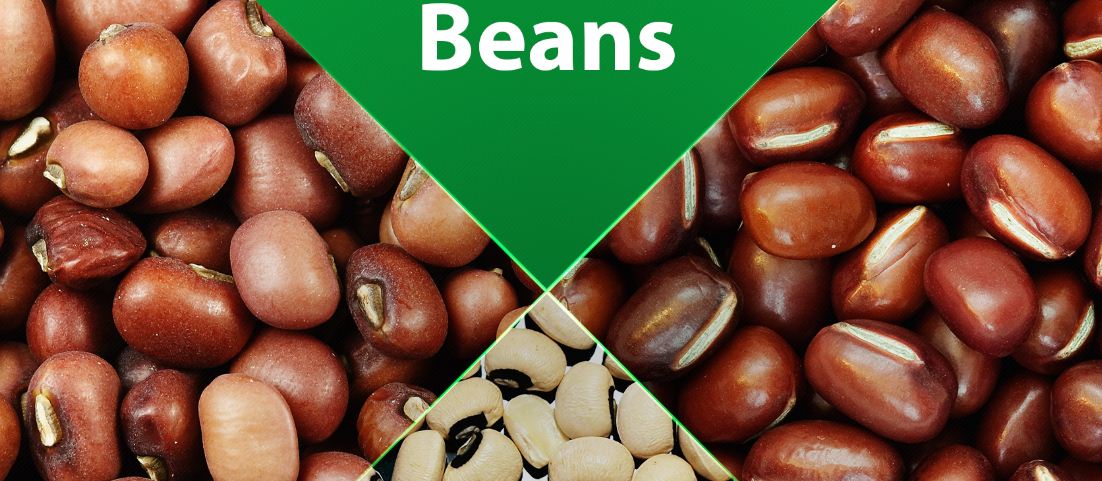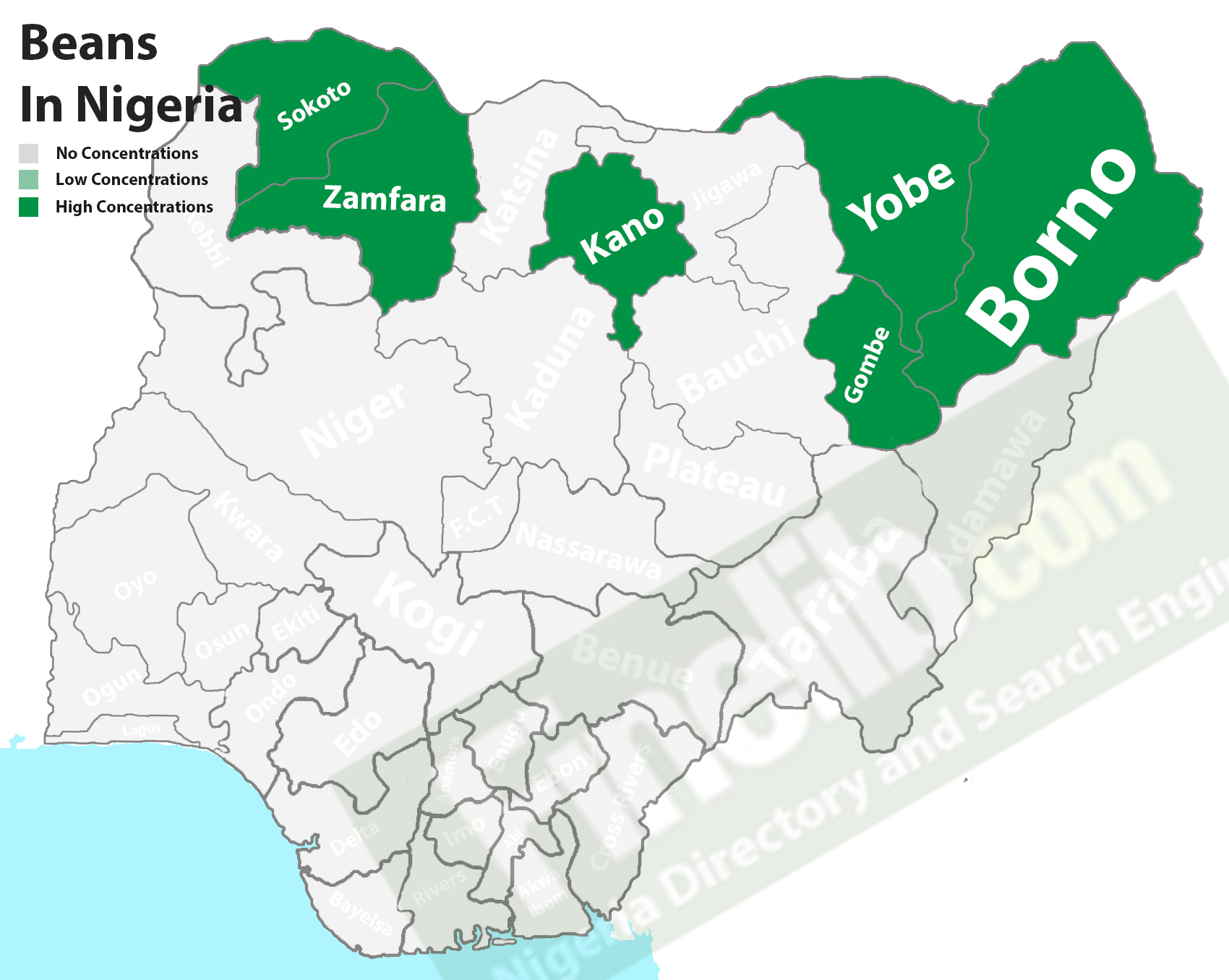Beans Producing States In Nigeria And Its Various Types

Beans is one of the most popular and staple foods in Africa, especially in Nigeria and the 4th most consumed after cassava, yam, and rice, more of brown beans than black-eyed beans are abundantly cultivated by the majority of farmers in northern parts of Nigeria such as Borno, Gombe, Kano, Sokoto, Yobe and Zamfara State.
Beans or cowpeas is a legume which is widely grown by farmers in various varieties and has about 32 species, it is in the plant family of Leguminosae. Beans are highly recommended to eat because of its numerous health benefits and nutritional values and also is the main protein source when compared to all other proteinous foods in Nigeria and most African countries.

Beans are large and white, but can come in different colour like brown, red, dark red, black etc, it is kidney shaped and some spherical in shape but irrespective of their shape, size and colour, beans are highly nutritive and contain Vitamin A, protein, iron, vitamin B6, vitamin E and many more.
It takes about 7-14 days for it to grow and about 50-70 days (depending on the variety) for it to mature and mostly grows well in warm temperatures, the pod which holds the beans turns from green to dry yellow with the beans changing also from green to their mature colour.
Beans can be grouped into 2 depending on their growth and time of harvest, namely: snap beans, shell beans, and dry beans.
Shell beans: When mature (especially the beans inside), the pods are removed and the edible seed meant to be eaten. It is good to know that this kind of beans before being cooked or dried must first of all be removed from its pod.
Shell or shelling beans is often treated as a vegetable in the kitchen and can be used to cook soup etc., and is similar to dry beans in terms of nutritional value. An example of shell beans is green shell beans such as Lima beans.
Snap beans: This kind of beans are also known asstring bean or green beans; it is mainly grown for their seed but can be harvested and eaten with their pods basically before the seeds inside have fully mature. It is also classified into two namely, bush beans and pole beans.
Dry beans: Unlike other kinds of beans that are mostly harvested when the seeds mature, this kind needs the pods and the seeds to undergo complete maturity, and will often need to be threshed to remove extraneous pod material.




